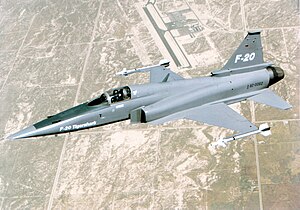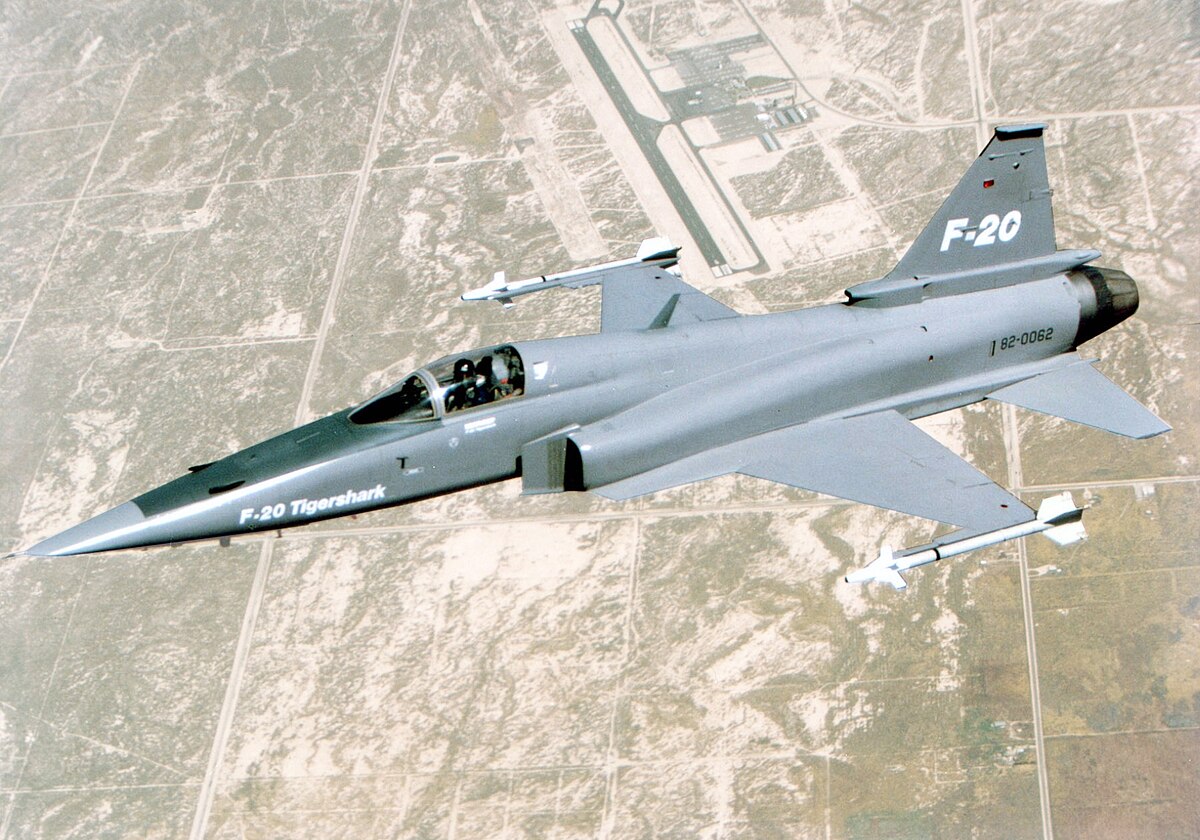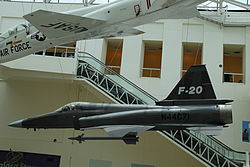- May 3, 2009
- 3,351
- 1,271
- 198
If, IF the right tactics are used. For years in the Vietnam War the Navy and Air Force used piss poor tactics for the F-4 Phantom that took advantage of none of the Phantoms assets.
Which is exactly why the Top Gun school was formed in the first place, as well as the Air Force Weapon School.
The problem is that the air forces stopped intensive training in dogfighting techniques, and started to rely to heavily on missiles. Those schools were formed after those hard lessons in Vietnam, in order to not let that happen again.
I'm afraid now the armed forces are relying way to heavily on drones.






